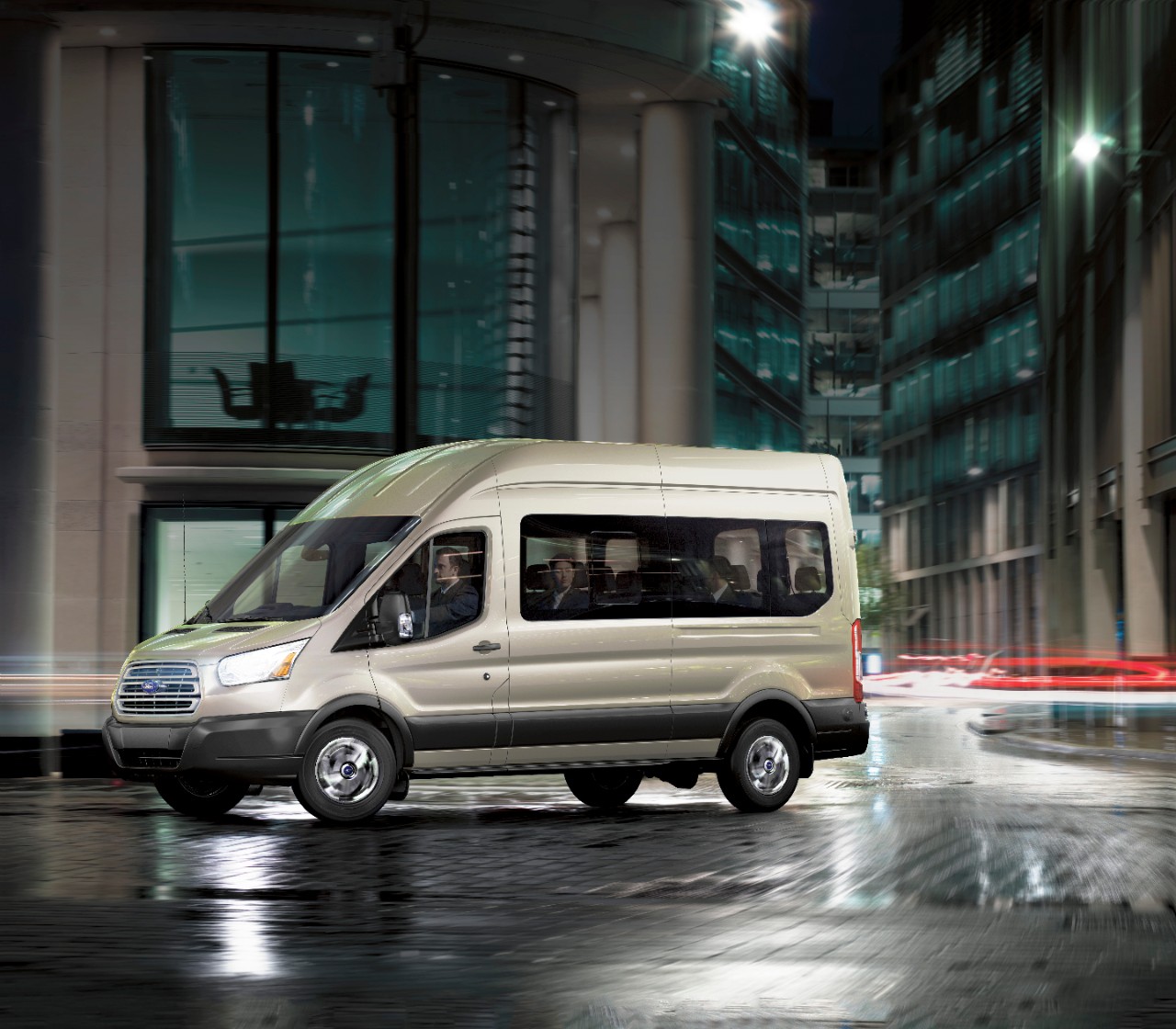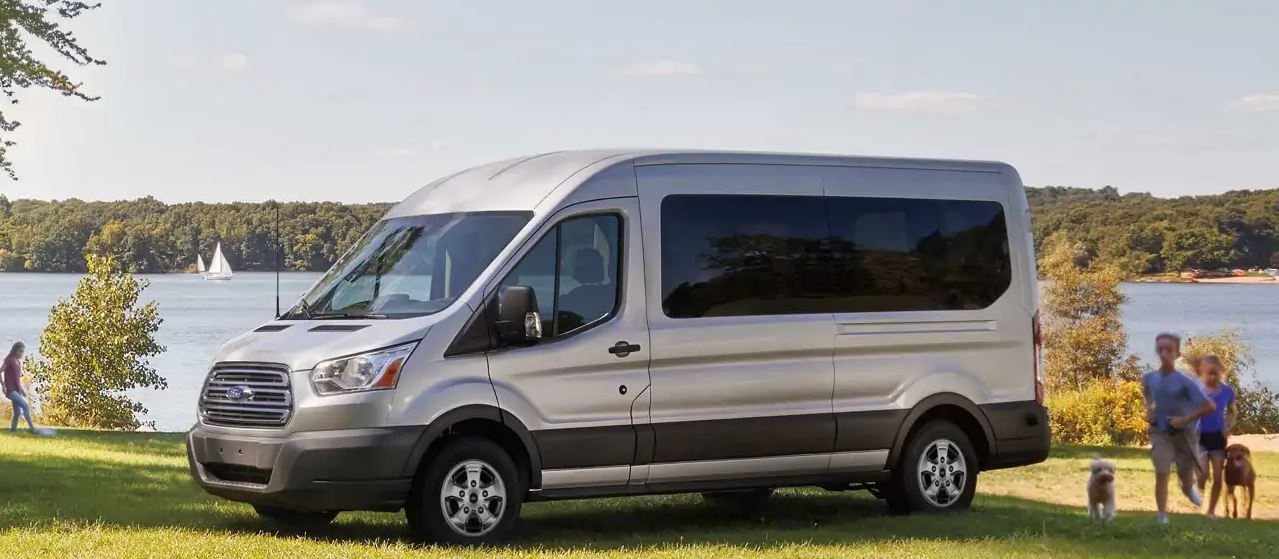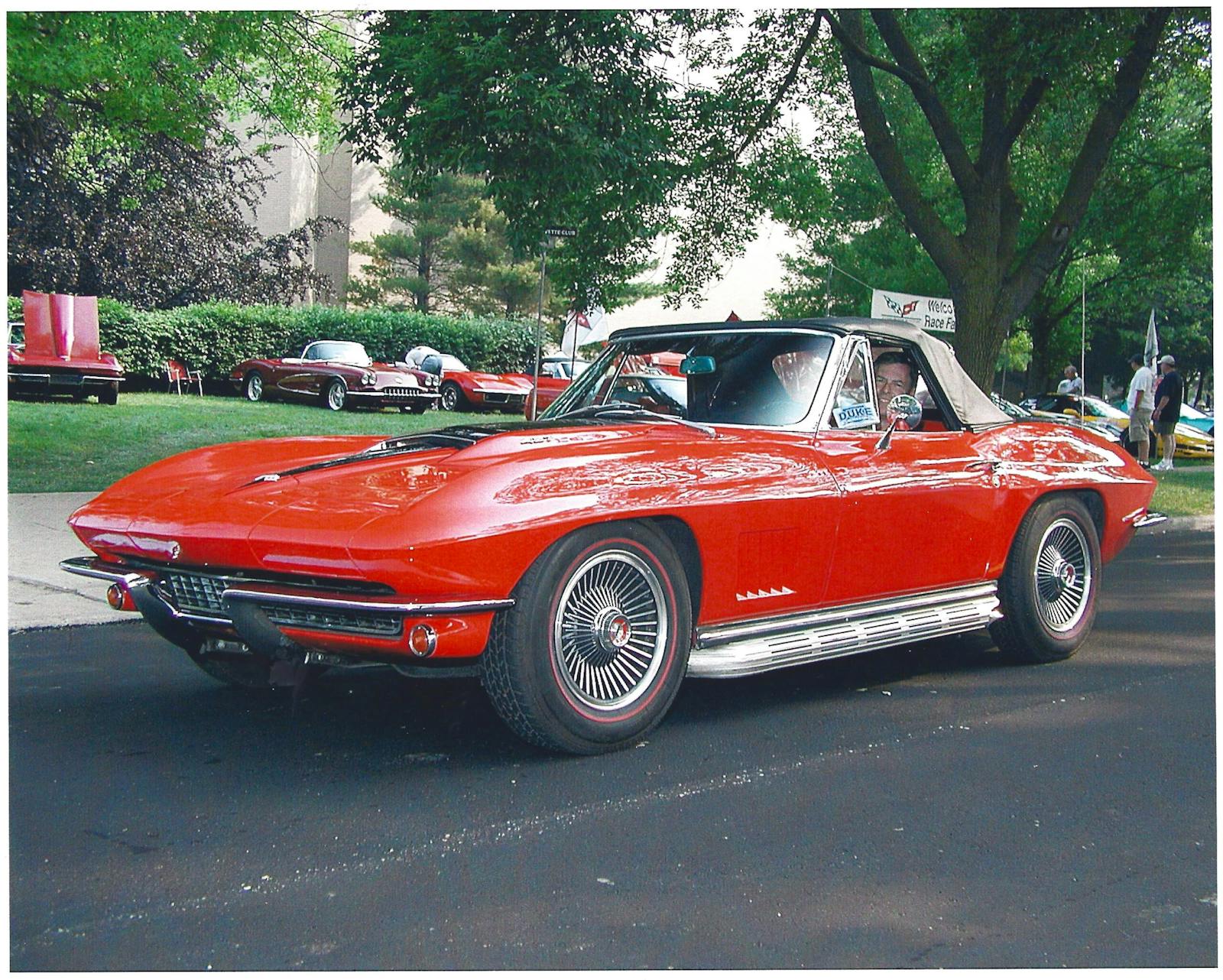Big family, long trip? Ford Transit 350 XLT is the answer
Last year I wrote about how much I enjoyed traveling with my family in a big ol’ Chevy Suburban. Recently, however, I chose another option when I drove from Boston to Long Island, New York, with my wife, two of my three kids, my sister, her husband, and their four adult children. That’s 11 people. We could’ve squeezed into two cars, but I had it in my head that it would be more efficient and a hell of a lot more fun to all travel together. So I began looking to rent a big van.
Although there are other products out there, the full-sized van rental market seems to be dominated by the Ford Transit 350 XLT Passenger Wagon. The Transit comes in short wheelbase, long wheelbase, and long wheelbase with extended cab, as well as low, medium, and high roofs, but what you’ll mostly find offered for rent are long wheelbase 12- and 15-passenger Transit 350 XLTs in either mid- or high-roof configuration.

First, there’s the question of where to procure one. Vans this size are specialty items. Rental car companies such as Hertz, Avis, and Enterprise may advertise that they have them, but availability may be limited to certain cities. When I needed to lay my hands on one in Boston, I completely struck out with the standard car rental agencies and found myself looking at specialty agencies such as Adventure Vehicle Rental, which rents a variety of 4x4s, vans, and trucks, and Green Vans, a niche company focusing on renting vans to touring musicians. As with any rental, you need to sweat the details of daily rate and mileage limitations. I was about to commit to Adventure when I searched a little deeper and found that a Ford dealer two miles from my house rents mid-roof 12-passenger Transit XLTs at a very good rate. When I called and spoke with the rental manager, he agreed to waive the mileage charge and only charge for one day if I returned van by the evening of the second day. Believe me, you’re unlikely to get this kind of flexibility from a standard car rental agency.

The exterior proportions of the Transit XLT don’t exactly inspire awe at the level of Frank Lloyd Wright’s Fallingwater or Da Vinci’s artwork, but one has to admire the form-follows-function nature of the design. When I picked up the Transit XLT, it looked huge, but I was surprised to find that it’s only 19.5 feet, which is actually a foot-and-a-half shorter than my little Winnebago Rialta RV.
Inside, the Transit is absolutely cavernous. In the 12-passenger LWB version that I rented, four rows of seating are configured with two bucket seats in the front, a row of three side-by-side seats in front of the sliding door, another row of three with a walk-through behind the sliding door, and a row of four in the back. Although ours was the medium-roof model, only the tallest member of my family could not fully stand up inside.

You’d expect in a 19.5-foot van that the fourth row of seats would eat up any usable cargo space, but incredibly, there’s enough cargo space behind the fourth seat to hold not only the suitcases of our 11 passengers, but—had I needed to—eight kegs of beer (Hey, thirsty family. Just trying to plan ahead). Note that in the 15-passenger LWB Transit there’s a fifth row of seats in the cargo area. To get 15 passengers and not lose the cargo area, you need the extended cab version.

Driving-wise, I was very impressed. The 3.5-liter GTDI EcoBoost V-6 engine and six-speed automatic had plenty of oomph to shove the van past slower-moving traffic. The ride was very comfortable without wallowing a bit. The handling was wonderfully predictable, never making me feel unsafe, even when I was muscling along at a good clip through bends in the parkways on Long Island and north of New York City. Big, long-arm, two-pane mirrors helped me stay aware of side traffic, as did the copious window space, which was great for both me and the passengers. Dashboard controls were simple and intuitive.
If I have one complaint, it’s a trivial one: There were only four 12V sockets—two on the dash, one on the right side of the third-seat row, and one in the way-back cargo area. In a world where everyone wants to stay connected, with a less harmonious family I can imagine blood being drawn over this. On our trip, the folks in back just charged their phones round-robin.
I measured the gas mileage, and on the 510-mile round trip (mostly 75-mph highway, with some traffic), the Transit XLT averaged 14.5 mpg—pretty impressive considering I was hauling 11 people.
I tend to think my driveway has only one “slot” for a large vehicle. For years, that spot held a succession of those eight-passenger Suburbans I used to take the family on an annual beach vacation. When the kids were grown, I sold the last Suburban and replaced it with the 1996 Winnebago Rialta RV (a Volkswagen Eurovan with a Winnebago camper body on the back). Although they’re about the same size, occupy the same spot in the driveway, and both have a bike rack, the Rialta and Suburban have little in common. The Rialta really only holds two passengers, and despite its interior size it has minimal cargo-carrying space, due to the narrow side door. And because of its front-wheel drive, I certainly can’t take the Rialta on sand.
In the same way, the Transit XLT couldn’t take the place of an RV (no bed, no kitchenette, no toilet, no shower), and it couldn’t be a vacation Beach Assault vehicle, due to its lack of four-wheel drive. But if you need to haul people and occasional cargo, this is a very nicely-designed vehicle that fills that niche brilliantly.
Since I don’t travel with 10 other people very often, my need for buying one is zero, but now that I know what the Transit XLT is capable of, I’d rent one again at the drop of a hat—and buy a couple of 12-volt multi-port USB breakout boxes to keep the grumbling at bay.
***
Rob Siegel has been writing the column The Hack Mechanic™ for BMW CCA Roundel magazine for more than 30 years. His most recent book, Just Needs a Recharge: The Hack Mechanic™ Guide to Vintage Air Conditioning, is available on Amazon. You can also order personally inscribed copies here. Siegel’s new book, Resurrecting Bertha: Buying Back the Car My Wife and I Drove Off From Our Wedding, will be out in the fall.


